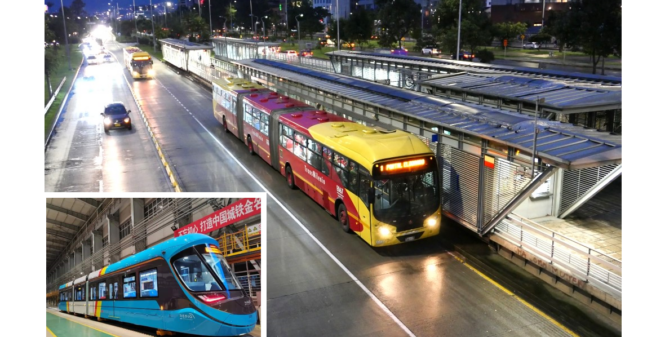
The Colombian capital Bogotá is one of the largest metropolitan areas in the world without a local rail transport system. It has a population of about 7 million and is situated at an altitude of 2,700 metres above sea level.
In the meantime, construction work has begun on the first metro line, which is largely elevated above ground (we last reported here: https://www.urban-transport-magazine.com/en/after-77-years-of-planning-bogota-colombia-will-eventually-get-a-metro/) but the extensive Bus Rapid Transit (BRT) network is still the backbone of public transport.
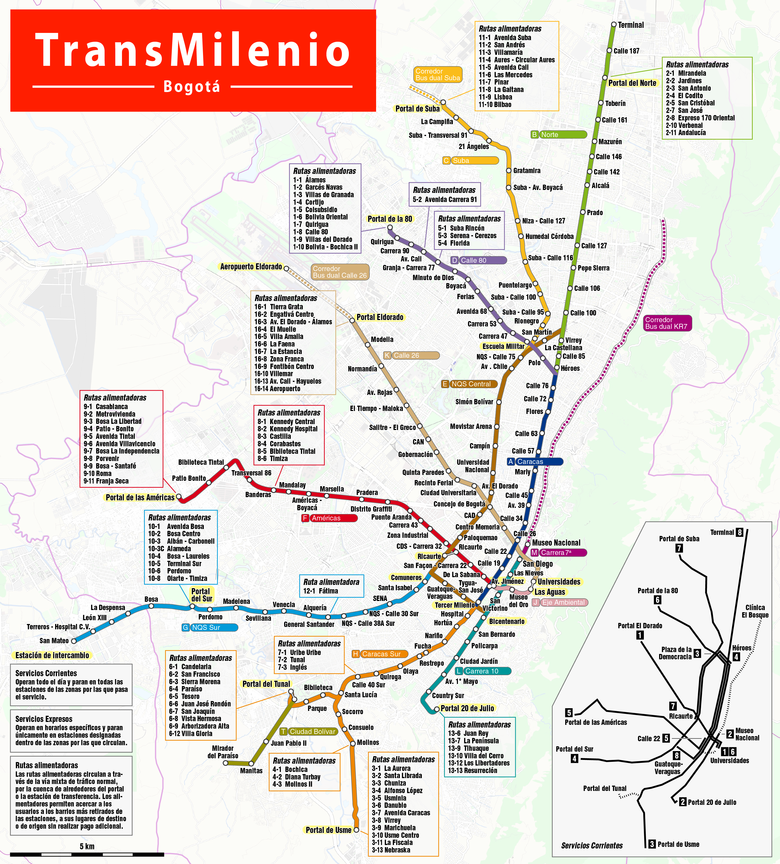
More than 11,000 buses (as of December 2022) are in service in Bogotá. The BRT network under the brandname “TransMilenium” currently consists of eight main corridors, which are served by articulated and double-articulated buses on 114 different lines. The trunk routes are served by articulated and double-articulated buses. The various lines, which differ in termini and the number of stations served – not all lines serve all stops along the route – but there are numerous overtaking possibilities. The main lines run in the middle of main roads and their stations, with the exception of the inner city core, are usually accessible without crossings via bridges and ramps. In addition, there are various feeder lines, which offer interchanges to the BRT network at junctions, and also various “dual” lines, which in part also use the dedicated lines with their central stopping platforms, but also shared traffic sections together with individual car traffic. Therefore, the buses on these lines have doors on both sides, while the ”pure” BRT articulated and double-articulated buses only have doors on the left-hand side..
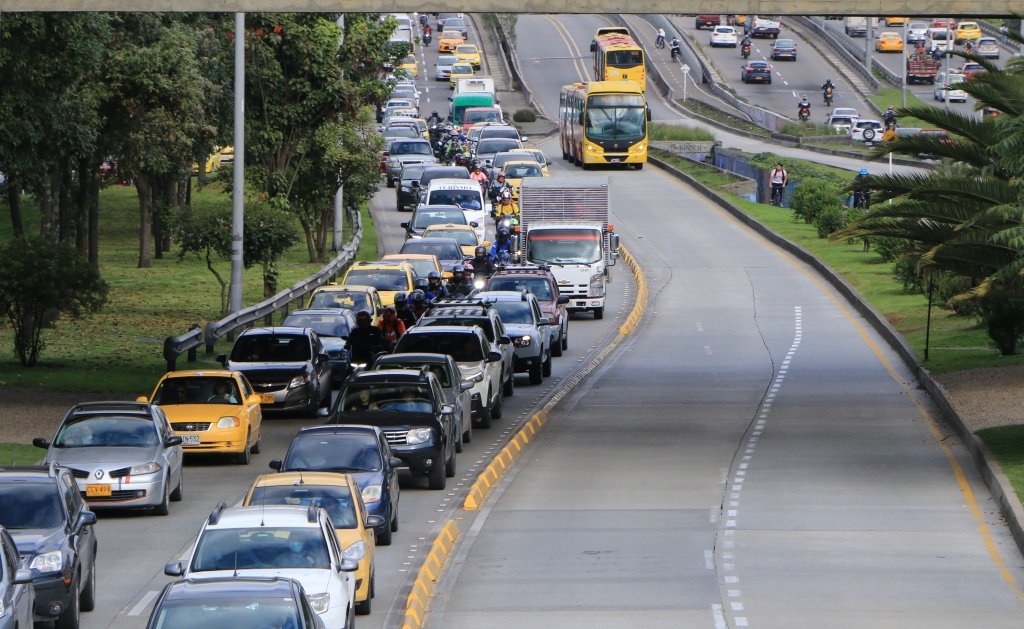
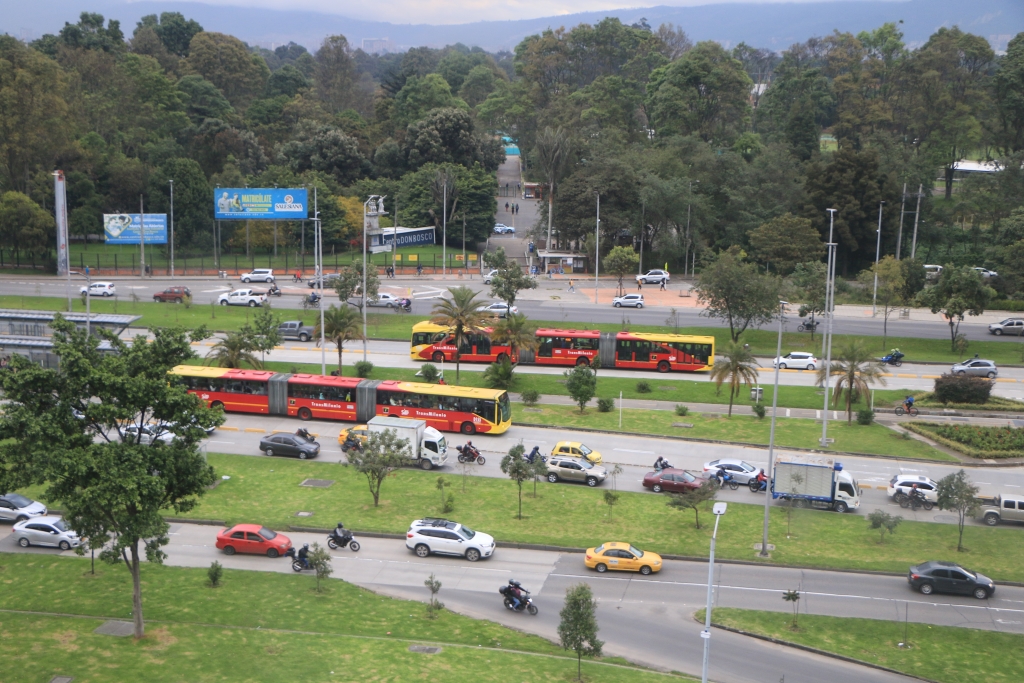
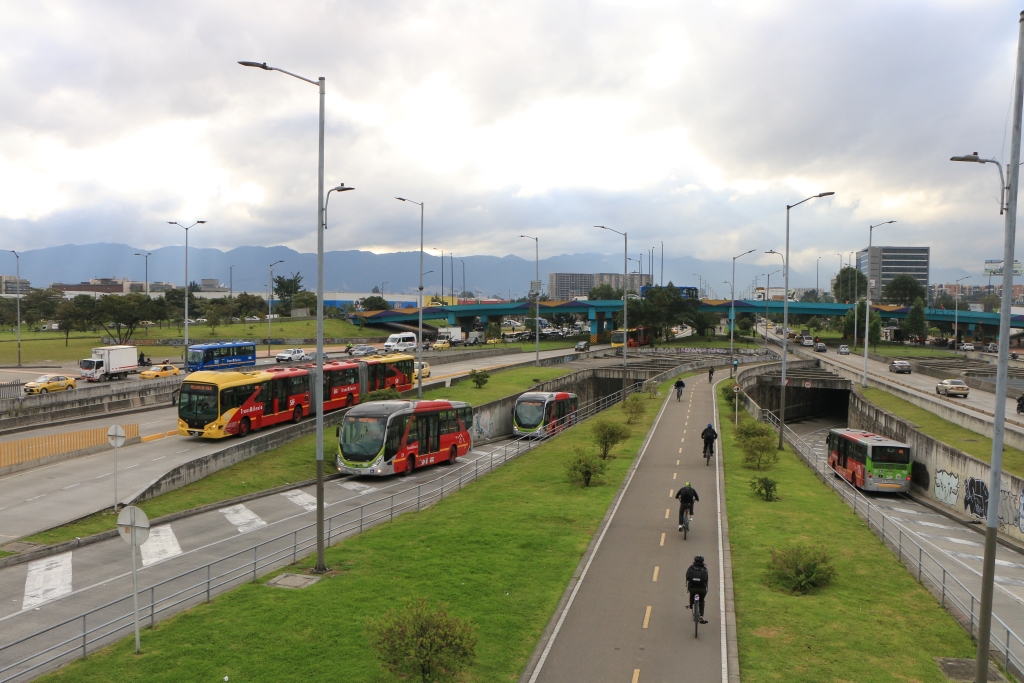
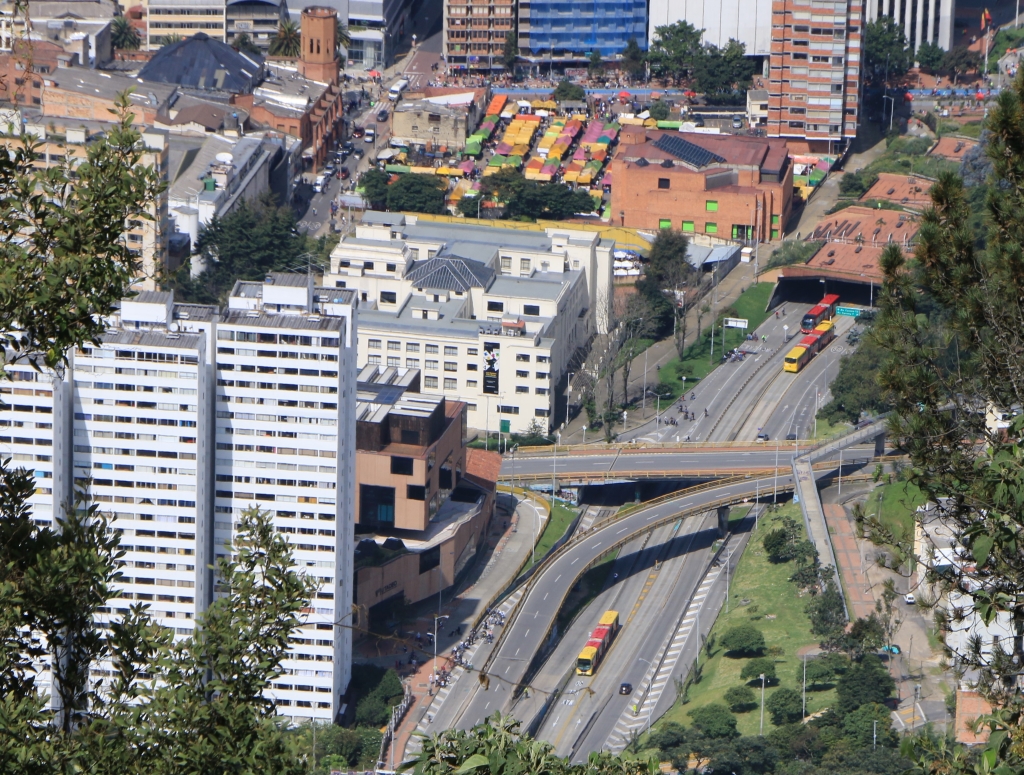
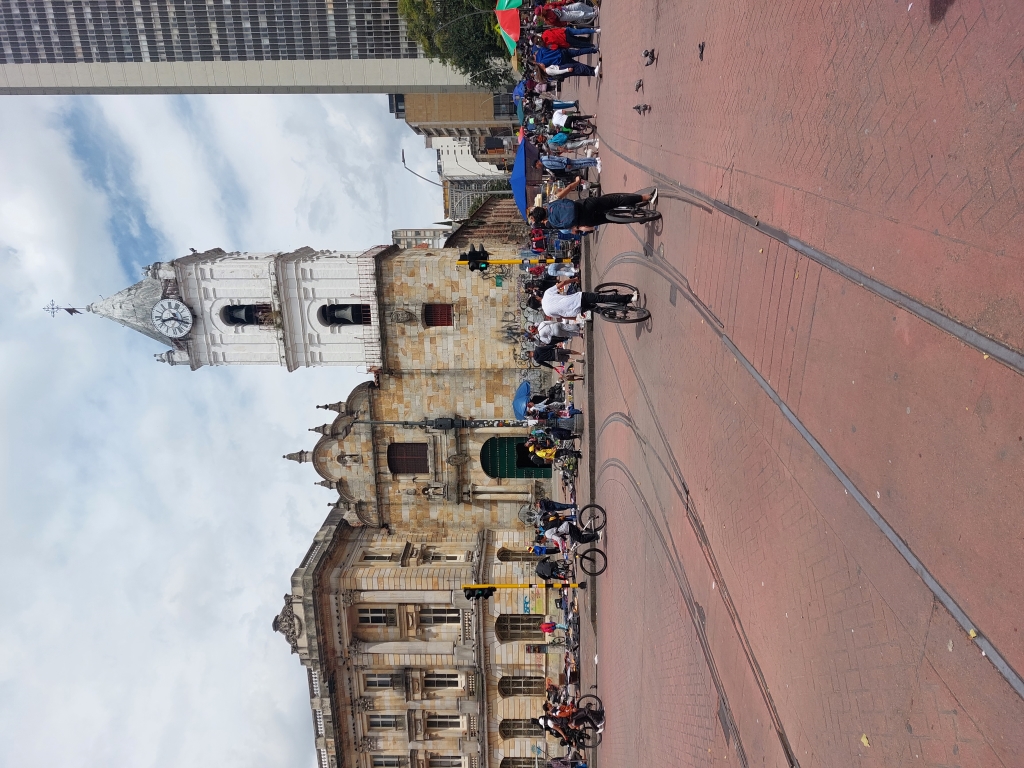
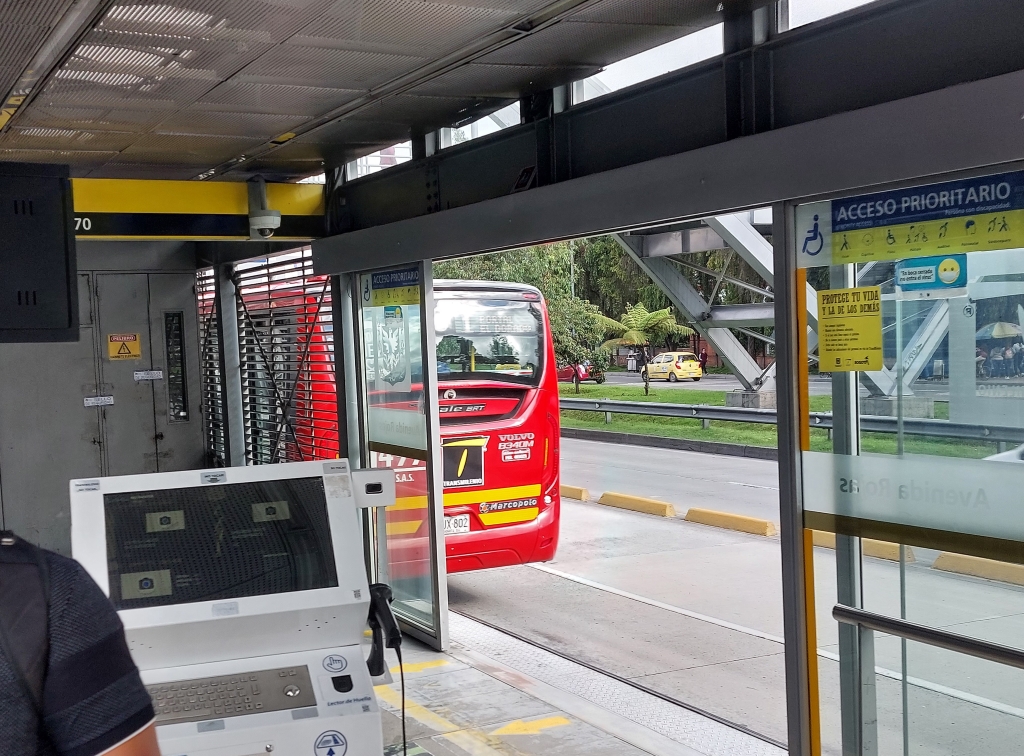
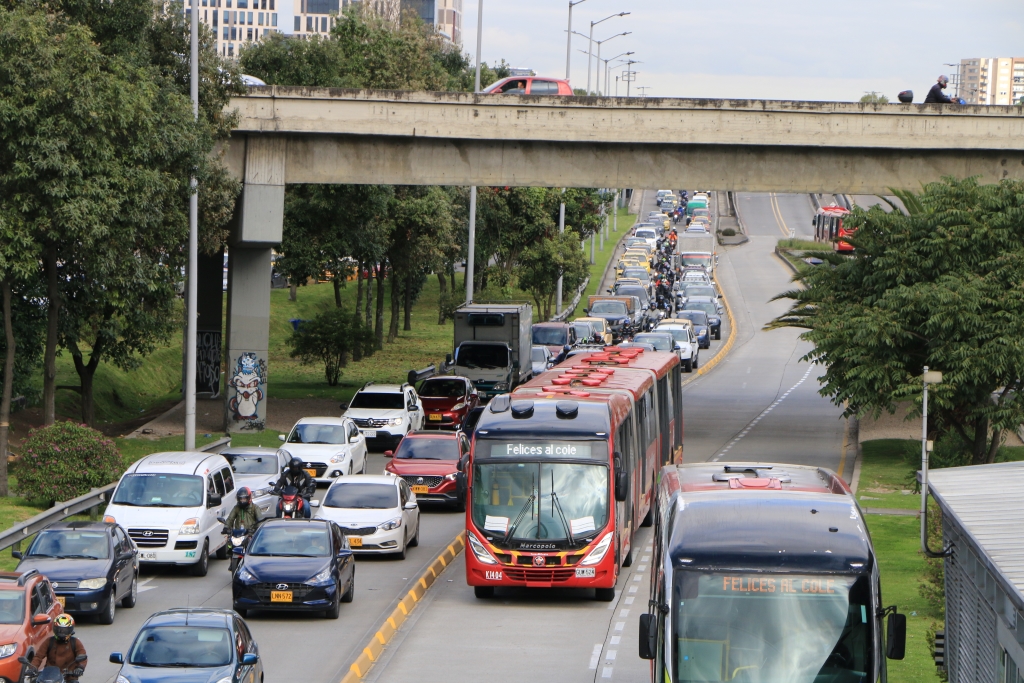
The total of 11,000 buses include 762 articulated and 1328 double-articulated buses. The “dual” line buses are all two-axle – 273 of them are available. On the other lines there are currently also 1479 electric buses, which were supplied in two lengths (12 and 9.5 metres) by BYD from China in high-floor design. (see: https://www.urban-transport-magazine.com/en/bogota-1550-electric-buses-from-byd-for-colombia/ ).
After a study by the Universided Nacional de Colombia in Bogotá had already certified the low environmental compatibility of the buses in use in 2015, the procurement of new gas-powered vehicles with emission values according to the EURO 6 standard began in 2018, while the first diesel buses according to EURO 6 did not arrive until 2022. All articulated and double-articulated buses operating in Bogotá since 2009 have so far been pure diesel buses of the Volvo B12M, Volvo 340M and Scania F340 types, with bodies from Busscar – Urbanuss Pluss model – and Marcopolo as Gran Viale and Gran Viale BRT models.
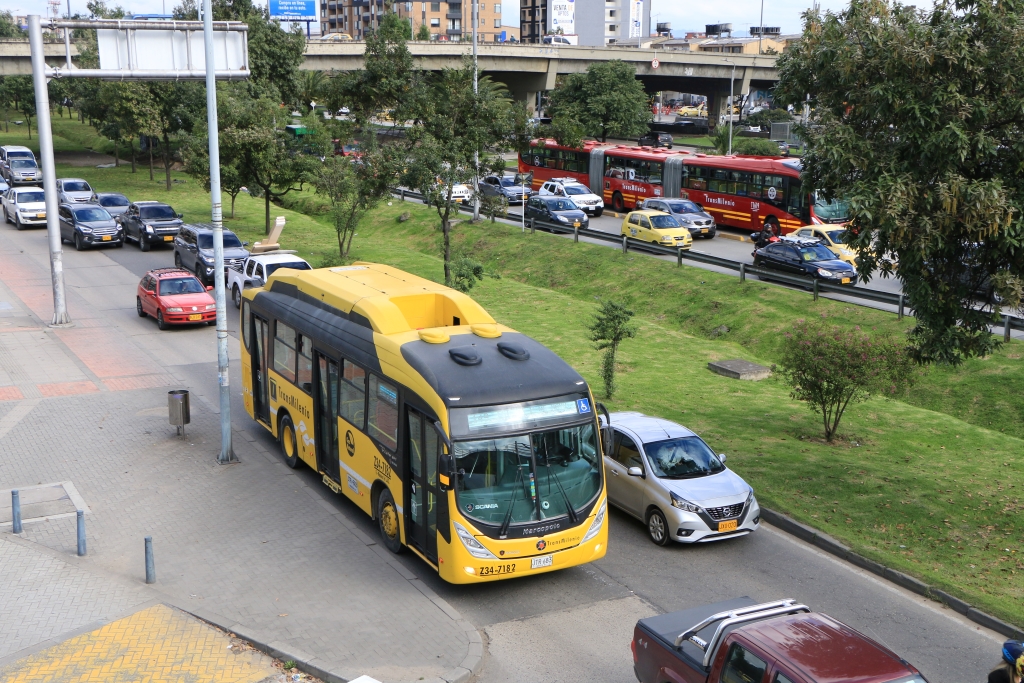
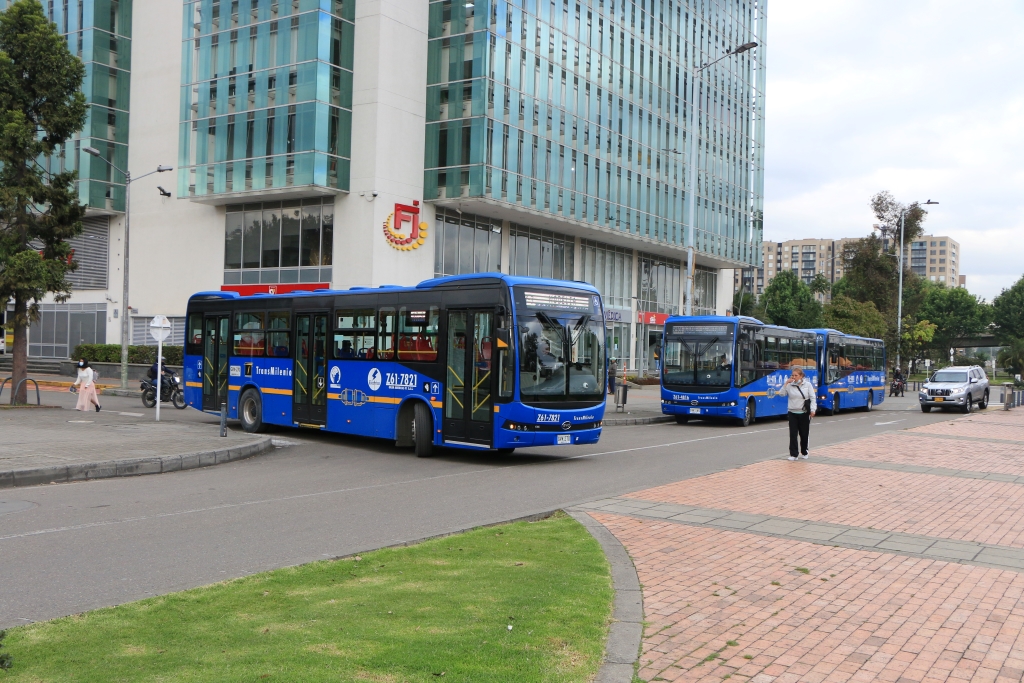
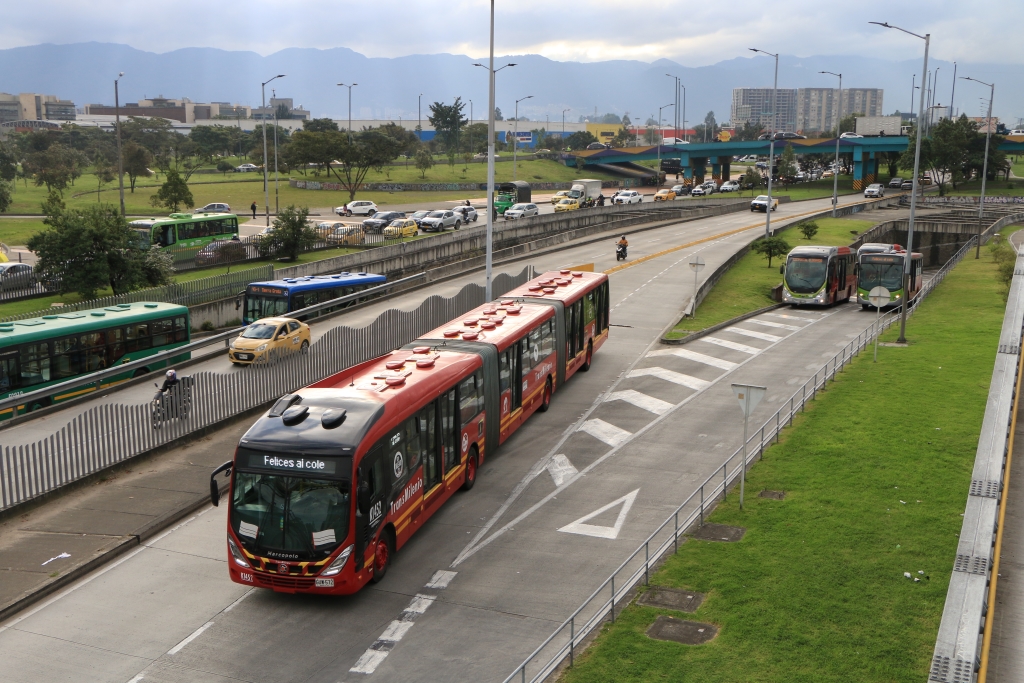
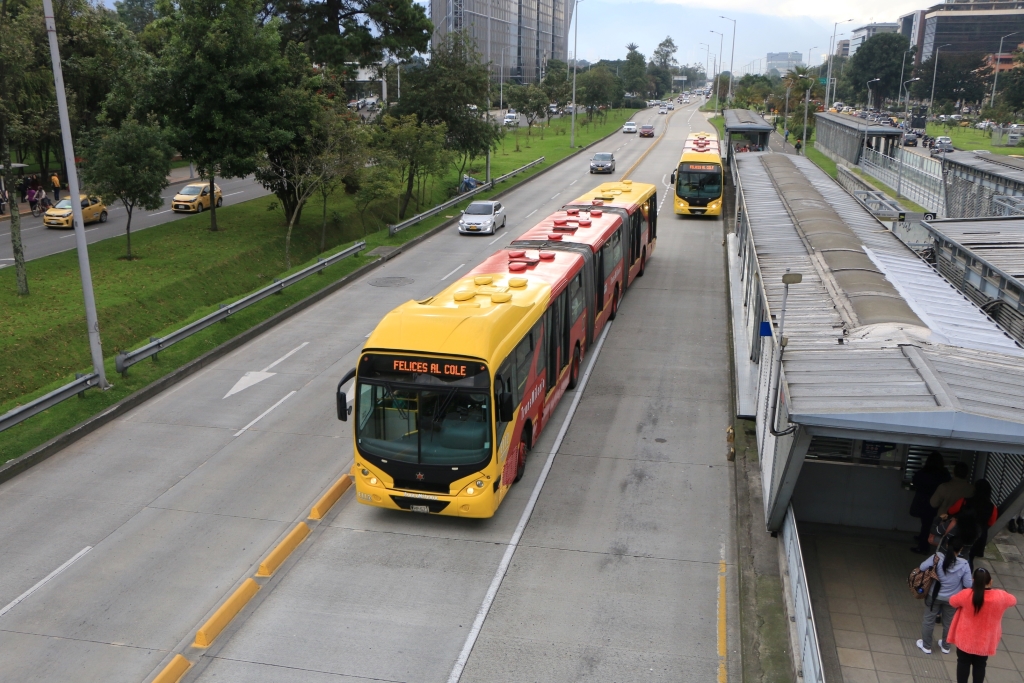
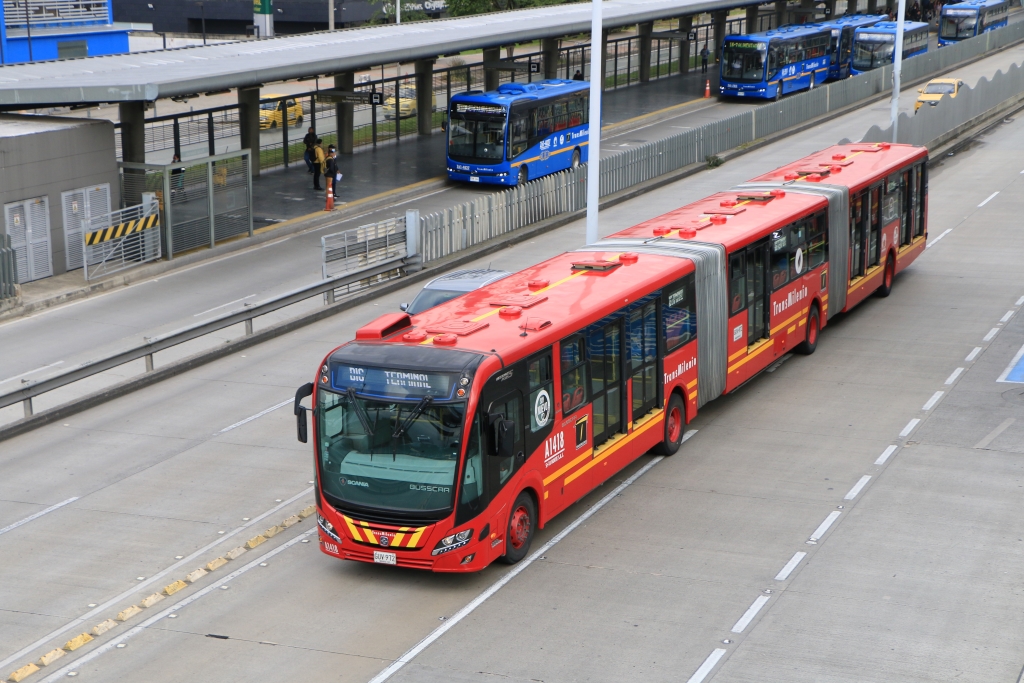
Ongoing BRT line extensions include the Caracas Sur, Avenida Ciudad de Cali, NQS Sur corridors and the construction of a new trunk line along Carrera 68, where construction has been underway for some time.
Metro as a way out
TransMillenium has long served as a model for similar systems elsewhere in the world. However, with almost 4 million daily passengers, the system has long since reached its capacity limit at many times of the day, despite all its successes. This not only finally led – after many years of planning – to the construction of the first metro line, which is scheduled to open in 2028. In the meantime, the manufacturer CRRC from China delivered the first mock up. The first line has 16 stations and runs as an elevated line largely elevated.
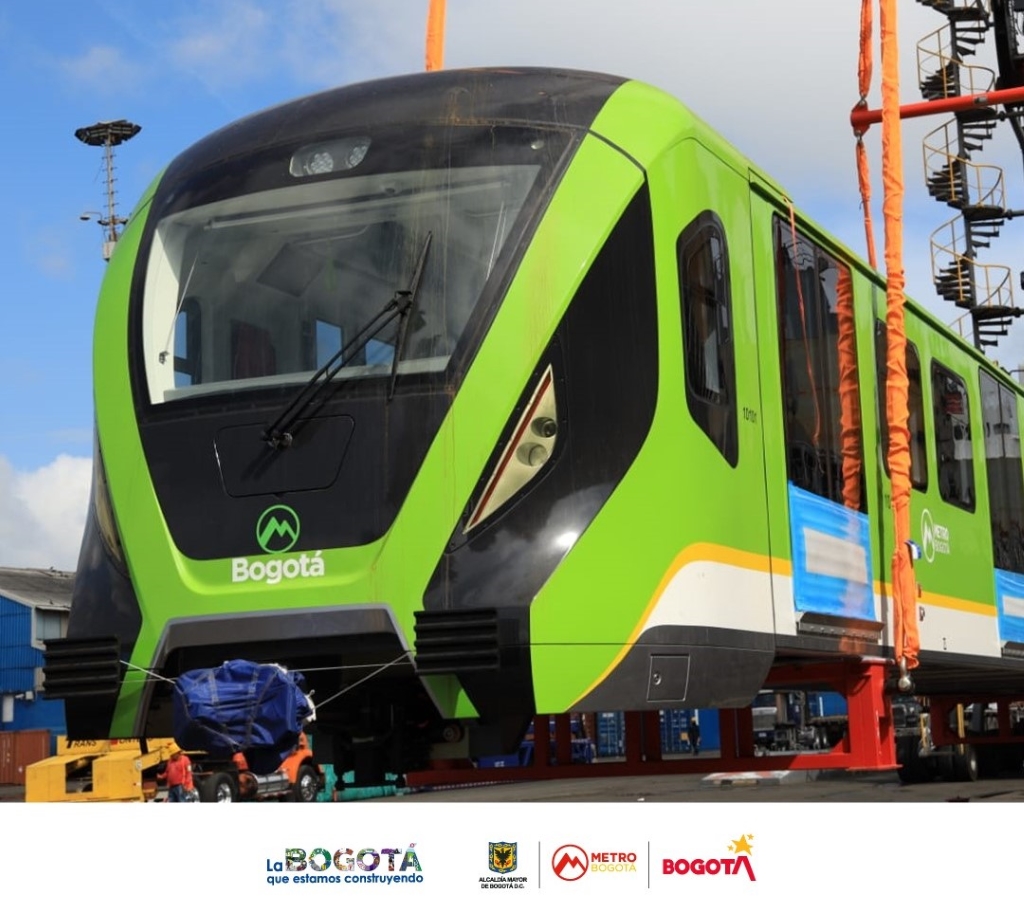
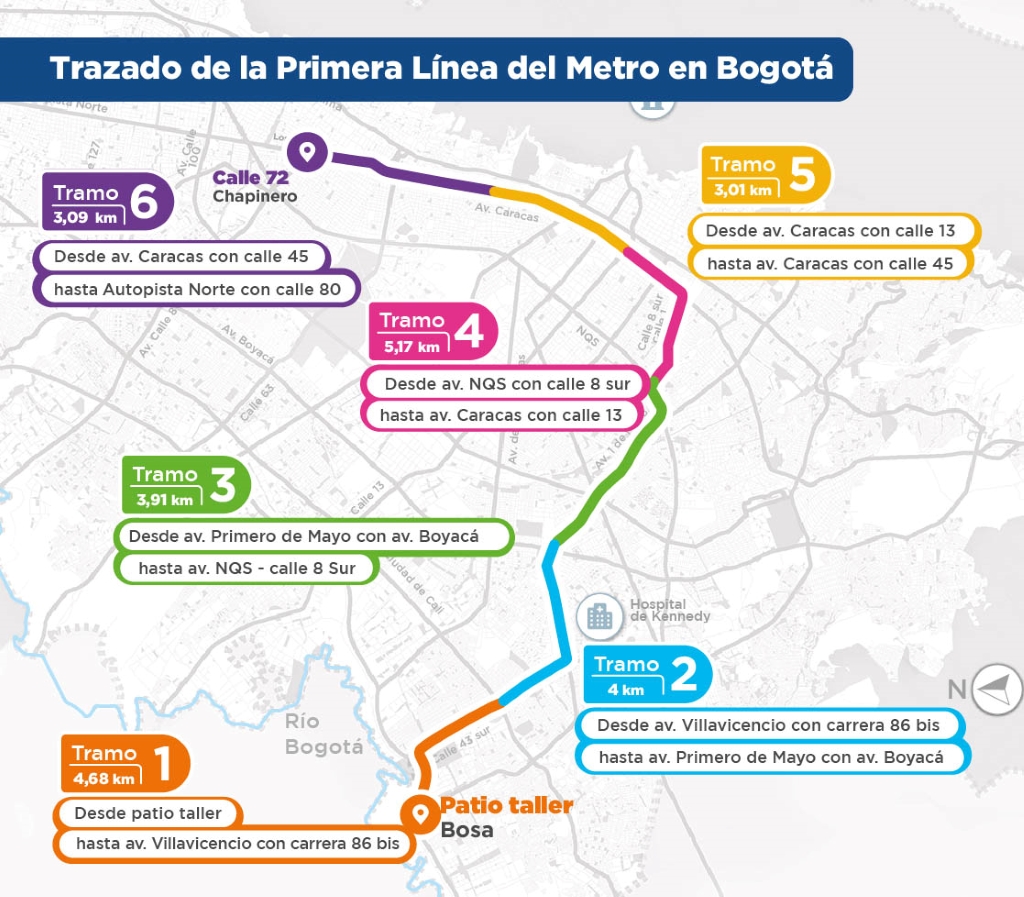
A second line is also in preparation. As with the first line, it will be co-financed by private investors. It will connect to the first line, but parts of it will run underground. Currently, there are renewed discussions at the political level about the proportion of tunnel sections for this line, which, however, is likely to be strongly geared to the financial circumstances.
Light rail as additional alternative
In order to achieve further rapid progress in the expansion of public transport, concrete decisions have now also been taken on the construction of a supplementary light rail network. Existing, but hardly used railway lines offer very good starting conditions, as they run on long stretches through densely built-up areas, often in the middle of multi-lane roads. They are to be double-tracked and converted to standard gauge, and additional sections are planned in the urban area.
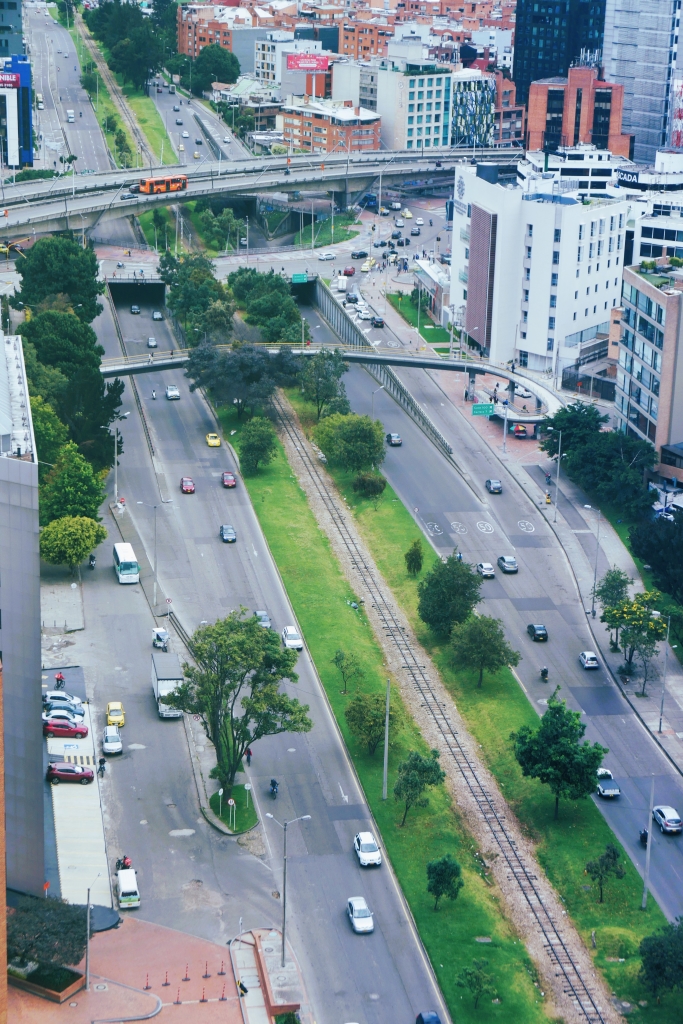
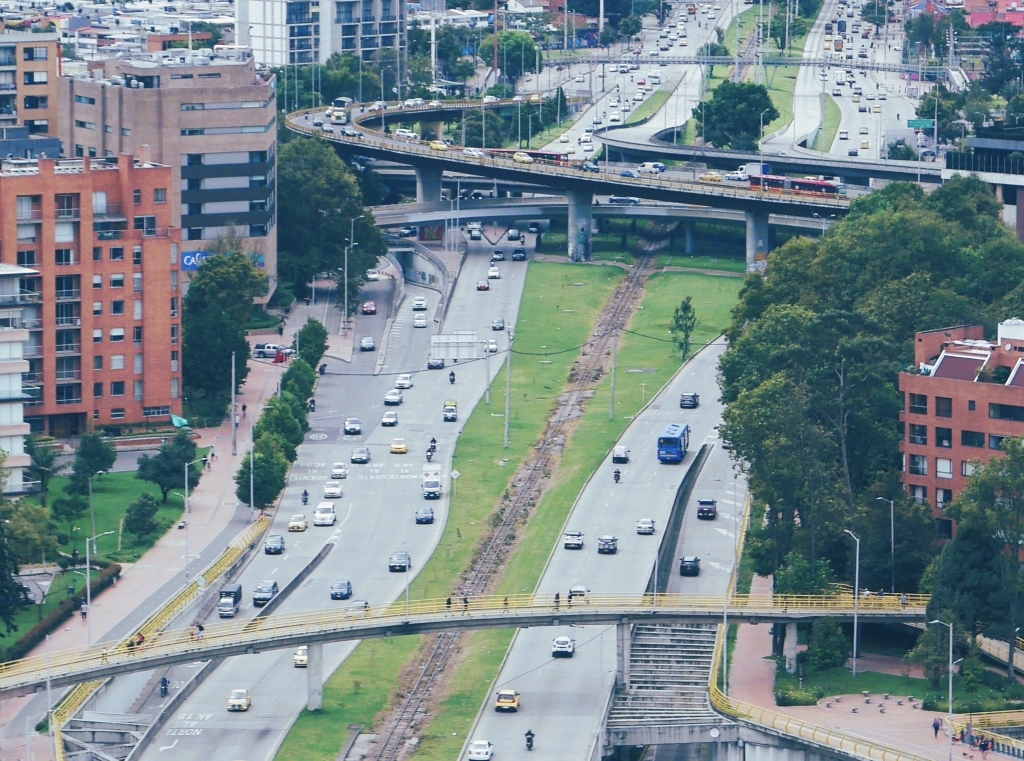
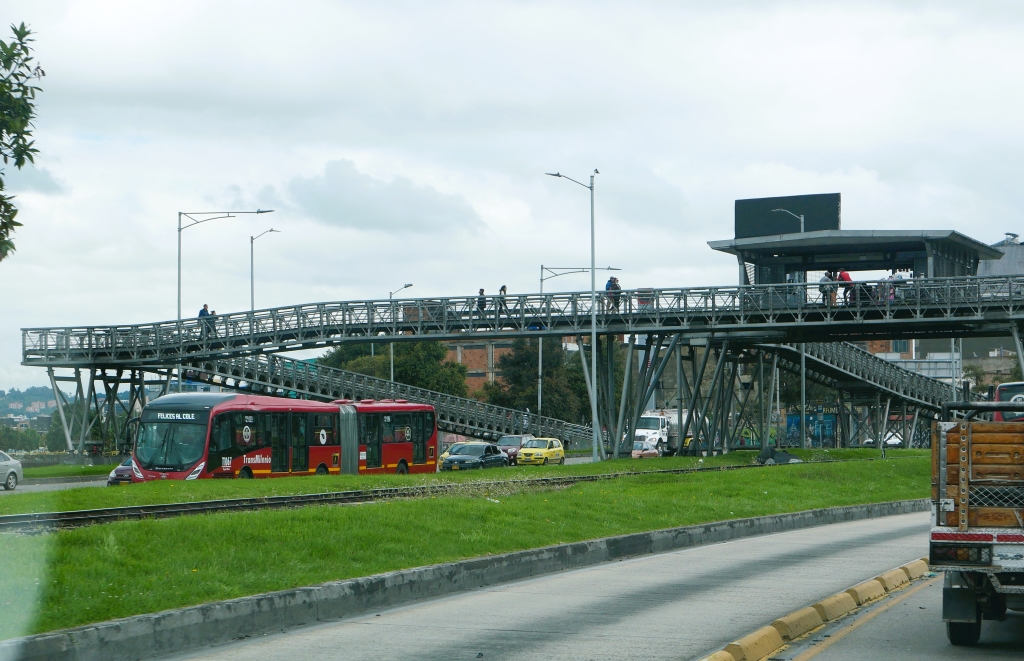
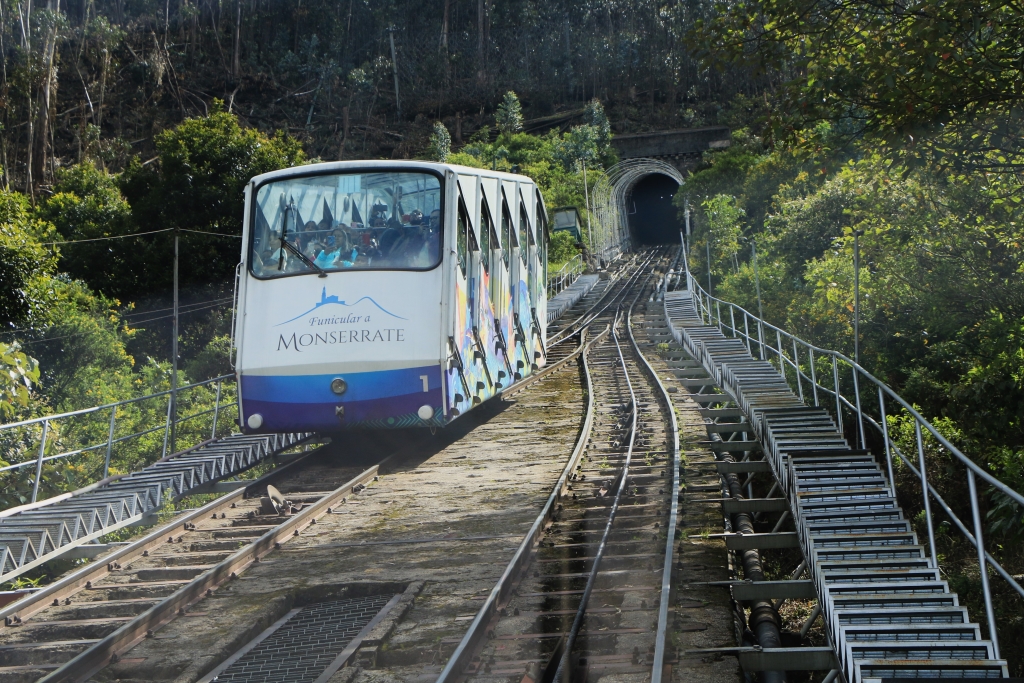
The first line, which will be marketed as the “Regiotram Occidente”, has already been planned, decided and financed: It will be 40 km long, serve 17 stations and will be operated by 18 light rail vehicles. However, construction by the Chinese consortium commissioned is currently delayed by objections from various local authorities. 2026 seems to be the earliest realistic opening date.
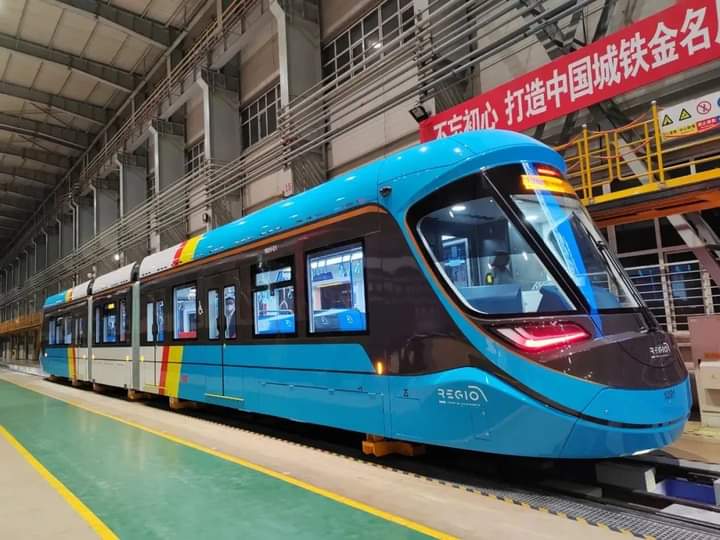
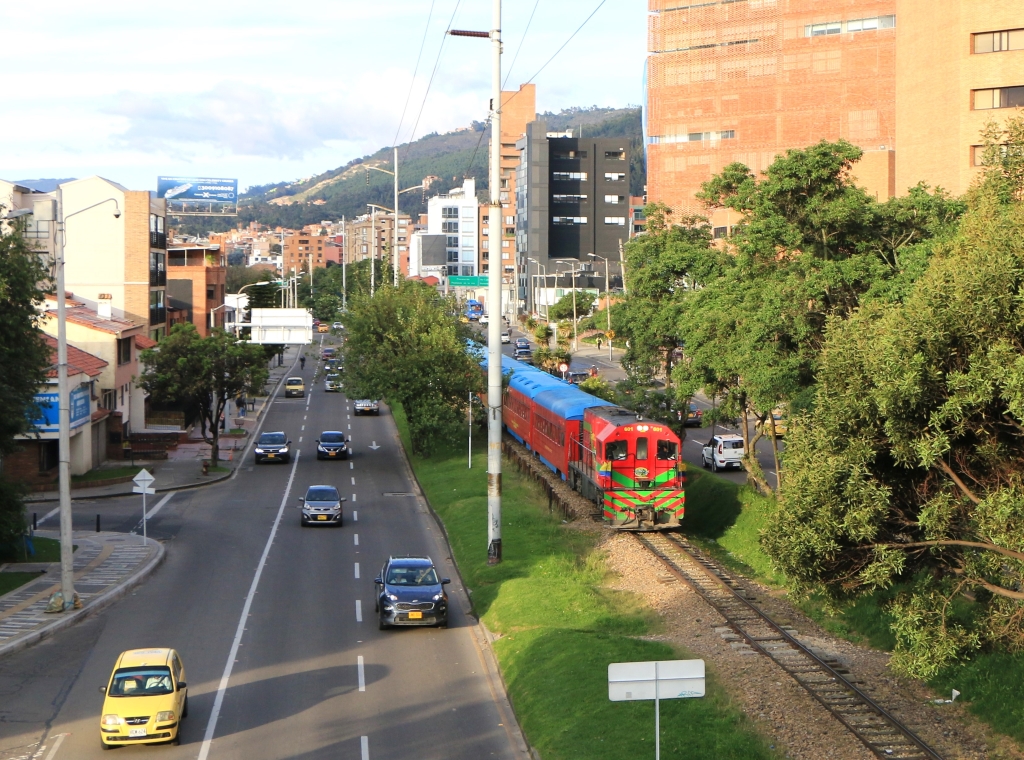
The second line, which will be 48 km long, is in the planning stage. It has been branded “Regiotram del Norte” and will connect Zipaquirá with the large Centro Comercial Gran Estación in the centre of Bogotá. Passenger trains currently run here on weekends for excursionists on the existing narrow-gauge line.
A third light rail line in the south of the Bogotá metropolitan area is in the first preliminary planning stage.
20.11.2023
